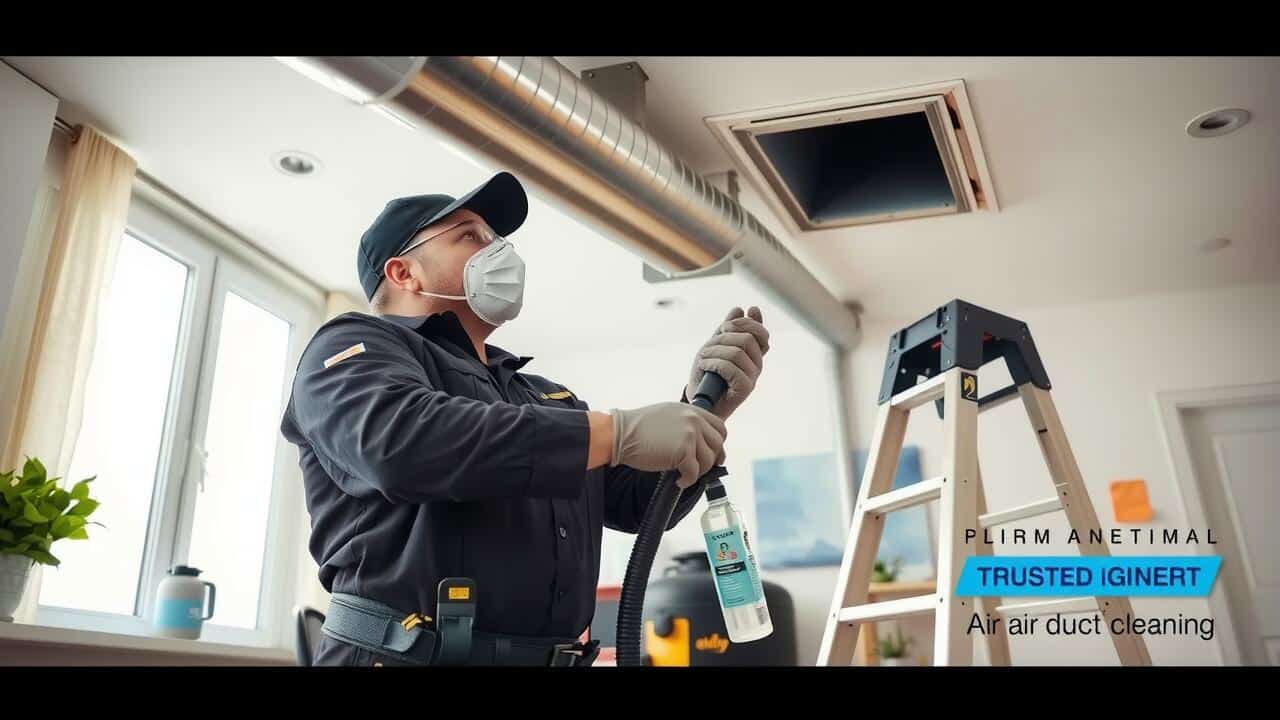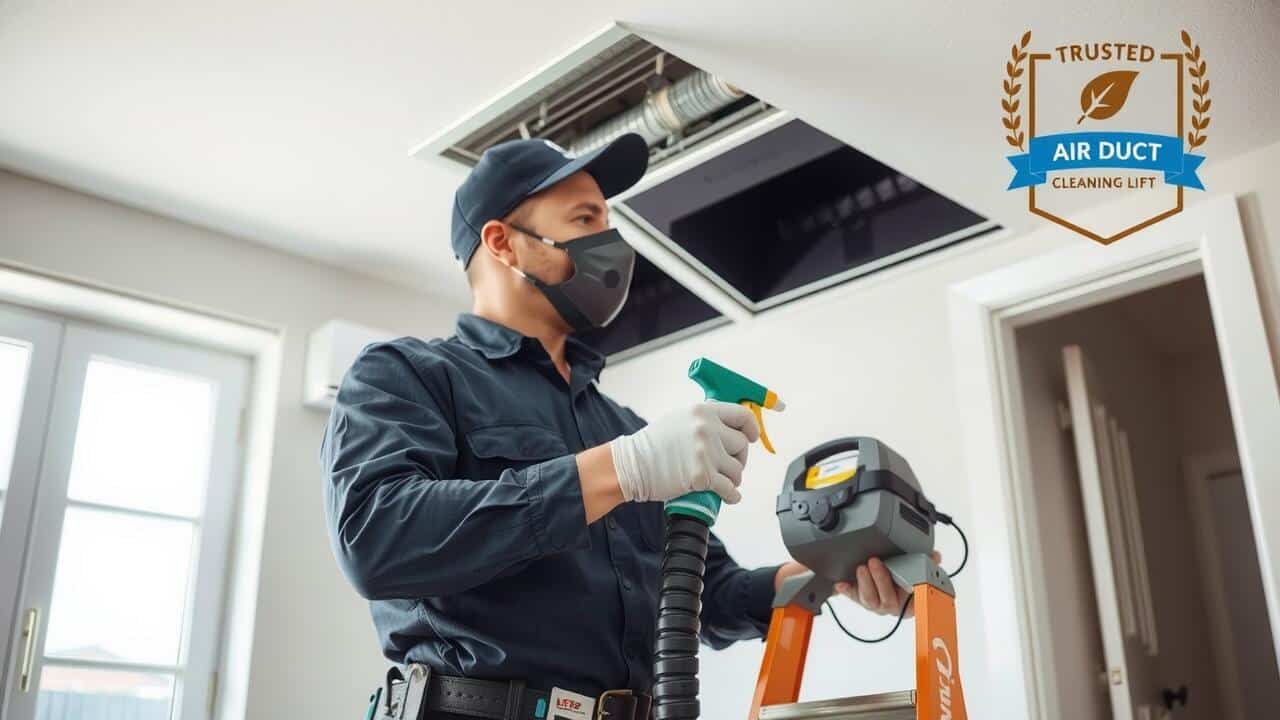
Table Of Contents
Professional Air Duct Cleaning Services
Hiring a professional for air duct cleaning services often leads to a more thorough job than DIY methods. Technicians use specialized equipment to remove dust, allergens, and debris from the ducts. Many professionals also offer air duct sanitizing, which can further enhance indoor air quality. This service involves applying antimicrobial agents to eliminate bacteria and mold, ensuring that airflow remains clean and healthy.
When seeking professional services, it is essential to choose a reputable company with positive reviews and certifications. Professionals typically follow industry standards and guidelines to ensure effective cleaning. Cost can vary based on the level of service required. Opting for comprehensive air duct sanitizing may incur additional charges, but the health benefits can make it a worthwhile investment.
What to Expect from a Professional Service
When hiring a professional air duct cleaning service, clients can expect a thorough assessment of their ductwork before any cleaning begins. Technicians will inspect the entire system to identify areas that require attention. This initial evaluation helps determine the level of contamination present and informs the sanitizing process. After this inspection, the cleaning specialists will use specialized tools to dislodge debris and contaminants from the ducts, ensuring a comprehensive cleaning to improve indoor air quality.
After the cleaning phase, air duct sanitizing takes precedence. Professionals typically apply a specially formulated sanitizing agent that targets bacteria, mold, and allergens remaining in the system. This step is crucial for ensuring the ducts are not only clean but also safe for continued use. Clients should receive a detailed report outlining the services performed, the condition of the duct system, and recommendations for future maintenance.
Safety Precautions During Sanitization
Safety is a paramount consideration during air duct sanitizing. Proper ventilation should be ensured in the work area to avoid the accumulation of harmful fumes from cleaning agents and equipment. Technicians must wear appropriate personal protective equipment, including masks and gloves, to minimize exposure to dust and allergens released during the process. Attention to electrical safety is also crucial. Power sources should be turned off before any work begins to prevent accidents while handling tools or cleaning machinery.
Additionally, conducting a thorough assessment of the air ducts before starting the sanitization process is essential. This step allows professionals to identify any potential hazards or structural issues. Keeping children and pets away from the work area helps maintain safety and reduces distractions for the technicians. Regular checks and maintenance of equipment can prevent malfunctions that could pose safety risks during air duct sanitizing.
Essential Safety Measures to Follow
When undertaking air duct sanitizing, it is crucial to prioritize safety to ensure a smooth process. Wearing personal protective equipment (PPE) such as gloves, masks, and goggles can help prevent exposure to dust, mold, or other allergens that may be disturbed during the cleaning process. Ensuring proper ventilation in the work area also plays a significant role in keeping the environment safe for both technicians and occupants of the building.
Before starting the sanitization, turning off the HVAC system is essential. This action prevents the circulation of dust and debris throughout the home while improving air quality during the purification process. Additionally, using a reliable sanitizing agent that is appropriate for air ducts ensures effectiveness while minimizing potential hazards. Following all manufacturer guidelines when applying these products is necessary for achieving optimal results without compromising safety.
Comparing Costs of Sanitization Methods
The costs associated with air duct sanitizing can vary widely based on several factors. One key element is the size of the HVAC system and the complexity of the ductwork. Larger systems and those with more intricate designs may require additional time and resources to clean thoroughly. Additionally, the level of contamination in the ducts can influence the price. If mold, pests, or heavy dust accumulation is present, more intensive cleaning methods may be necessary, thus increasing overall costs.
Another important factor to consider is the type of sanitizing products used by the service provider. Some companies may opt for more eco-friendly solutions, while others might rely on traditional chemicals. These choices can impact both cost and effectiveness. Moreover, the geographic location of the service can lead to variations in pricing. Urban areas may have higher rates due to demand, while rural regions might offer more competitive pricing. It is essential to obtain multiple quotes to make an informed decision regarding air duct sanitizing services.
Breakdown of Cost Factors
When considering the expenses associated with air duct sanitizing, several cost factors come into play. The size of the duct system plays a significant role; larger homes with extensive ductwork often incur higher prices due to the increased time and resources required for thorough cleaning and sanitization. Additionally, the current condition of the ducts is important. If there is heavy contamination or accumulation of dust and debris, extra labor will be needed to ensure proper sanitization.
Labor costs also vary based on location and the expertise of the service provider. Professionals with more experience or specialized certifications may charge higher fees. It’s essential to factor in the quality of materials used for sanitization as well. Some companies may offer eco-friendly or antimicrobial solutions, which could influence the overall price. Understanding these cost factors will help homeowners make informed decisions about air duct sanitizing services.
FAQS
What is the process of sanitizing air ducts?
The process of sanitizing air ducts typically involves cleaning the ductwork to remove dust, debris, and contaminants, followed by applying a sanitizing solution to eliminate bacteria, mold, and odors.
How often should air ducts be sanitized?
It’s generally recommended to sanitize air ducts every 3 to 5 years, but this can vary based on factors such as location, home occupancy, and whether you have pets or allergies.
Can I sanitize my air ducts myself?
While it’s possible to perform basic cleaning of air ducts yourself, professional services are recommended for thorough sanitization, as they have specialized equipment and expertise to ensure effective cleaning and sanitization.
What are the benefits of hiring a professional for air duct sanitization?
Hiring a professional ensures a comprehensive cleaning, reduces the risk of damage to your ductwork, and provides peace of mind knowing the job is done safely and effectively.
Are there any health risks associated with not sanitizing air ducts?
Yes, neglecting to sanitize air ducts can lead to the buildup of mold, dust, and allergens, which may exacerbate respiratory issues and allergies for occupants in the home.
